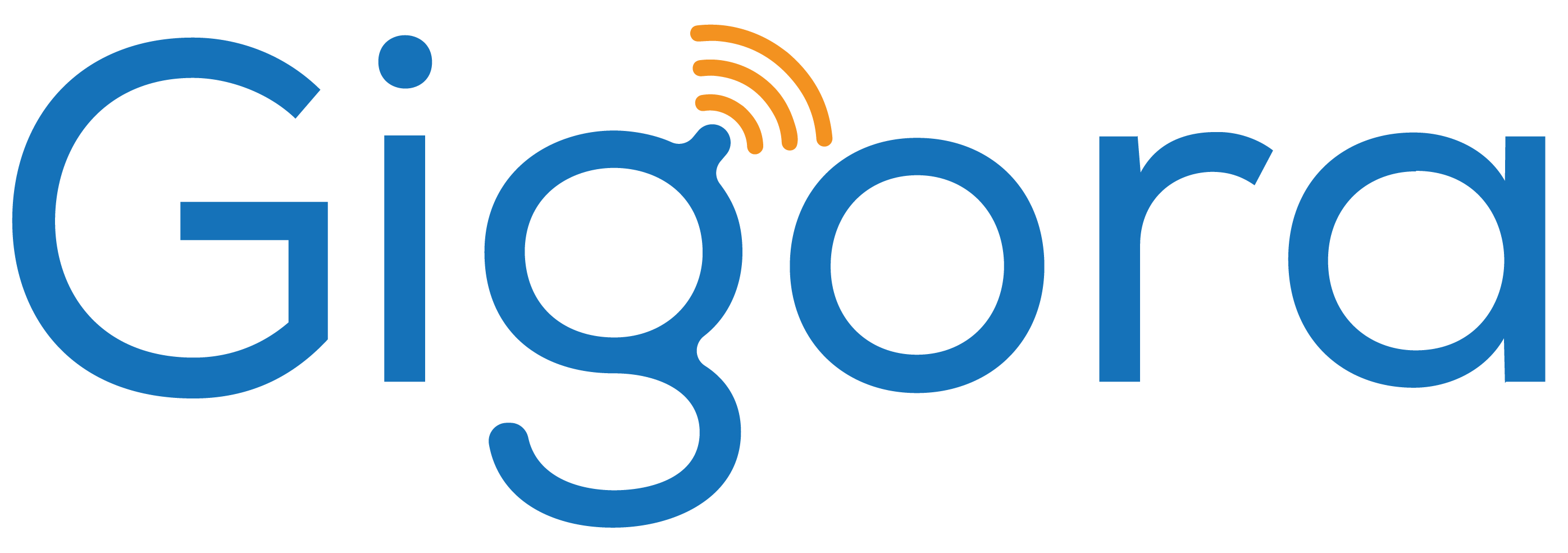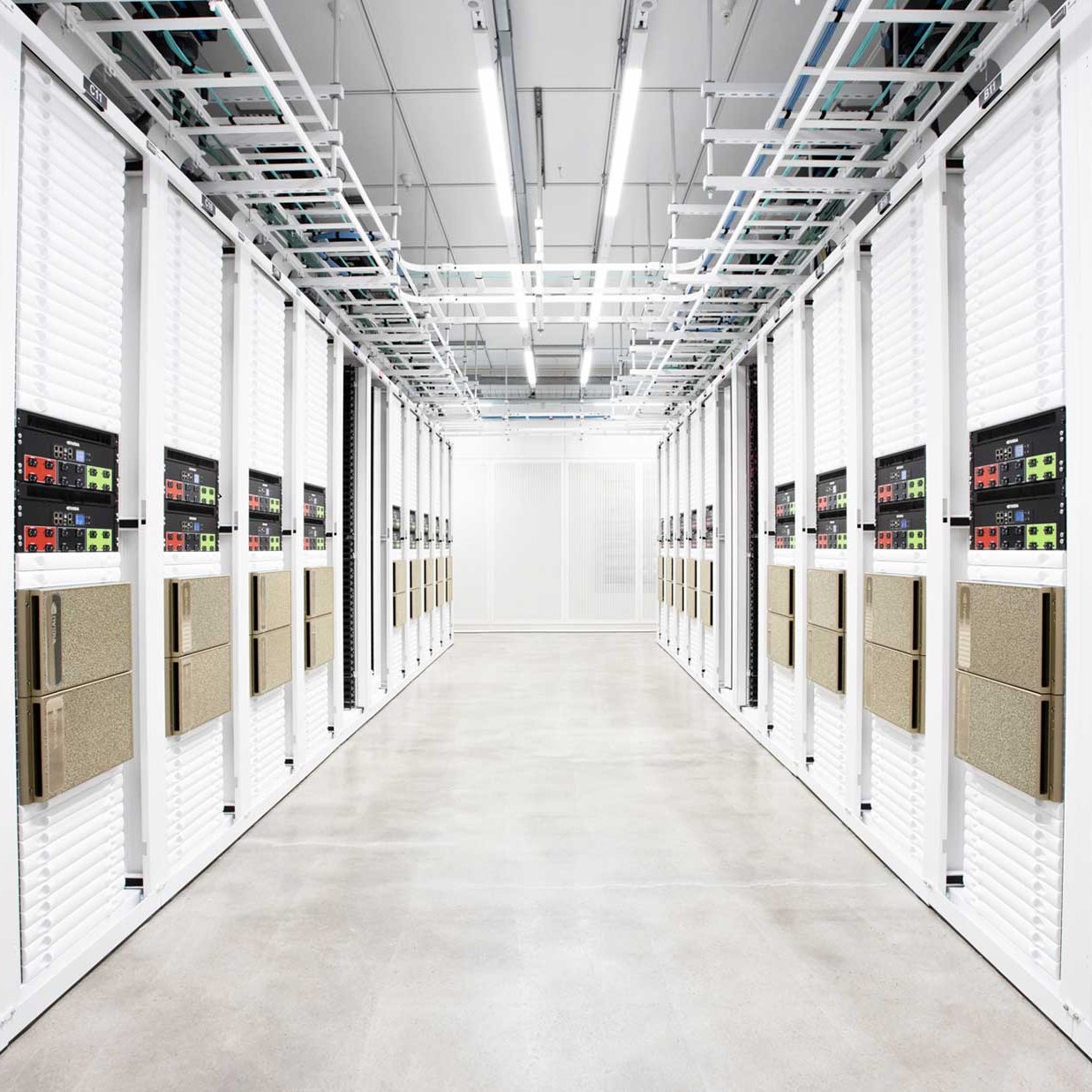[ad_1]
//php echo do_shortcode(‘[responsivevoice_button voice=”US English Male” buttontext=”Listen to Post”]’) ?>
Nvidia will make Cambridge-1, the supercomputer it launched for the U.K. healthcare and life sciences research sector, accessible through its DGX-Cloud offering. One of the first Nvidia installations to join the DGX-Cloud, Cambridge-1 has been “hugely successful” since it launched in 2021, David Hogan, VP of enterprise EMEA at Nvidia, told EE Times, supporting training of large language models (LLMs) for medical and scientific workloads.
“It’s been successful because it’s demonstrated to the healthcare and life sciences sector that these [LLM] models work, and work at scale,” he said. “That’s allowed [companies] to take that work and go off in their own directions, build their own infrastructure, and continue to do great work.”
DGX-Cloud, Nvidia’s dedicated AI supercomputing service in the cloud, launched in March with installations at Oracle and Microsoft Azure.

The benefit of adding Cambridge-1 is it will give greater access to compute for groundbreaking work on LLMs, Hogan said.
“A traditional [cloud service provider] tends to think about serving many customers all at the same time as a big inference challenge, where actually training some of these large models is very much a scale up challenge,” he said. “What we’re looking to do is expand on the great work we’ve done within Cambridge-1 and then say, actually, we need to give more access to compute to more people.”
This includes startup companies in Nvidia’s Inception program, a global startup accelerator with more than 10,000 members that provides access to compute through Nvidia and its hyperscale partners. It also provides access to skills, knowledge and technical/business expertise, plus industry-specific meetups and introductions.
Some of the U.K. startups that have benefited from the Inception program and have run workloads on Cambridge-1 include:
- Instadeep, which is developing a 2.5-billion parameter LLM in collaboration with the University of Munich to predict the properties of DNA sequences.
- Oxford Nanopore used Cambridge-1 to develop models for base calling in DNA sequencing, and for inference for the ORG.one project, which catalogues DNA sequences for critically endangered animals and plants.
- Peptone is using the supercomputer for simulations to evaluate the mutations on protein dynamics, looking at why some antibodies are more effective than others.
- Relation Theraputics used Cambridge-1 to develop a DNA-to-gene–expression model to better understand which genes are associated with certain diseases. The company has since graduated to on-premises computing to enable “compute in the loop” (or “lab in the loop”) techniques. This technique is about using simulation, then testing in a real-world lab environment, then re-simulating based on the results to accelerate research.
- Charm Theraputics used Cambridge-1 for the proof of concept of their technology, which simulates protein folding to target previously undruggable diseases.
Cambridge-1 has also been used to generate synthetic brain images to train AI models on rare brain diseases.
“[Cambridge-1] has had the impact that was desired, which was to kickstart the [UK biotech] industry,” Hogan said. “It was almost a theoretical exercise when we started out, now people have really seen the proof and we have the LLM wave… DGX-Cloud is our mechanism to continue to support that.”
Cambridge-1 will still be available to U.K. healthcare and life sciences companies who need to operate in the U.K., perhaps because of geographical restrictions on sensitive data. The supercomputer will continue to support healthcare, life sciences and possibly other scientific workloads, Hogan said (it will not be used to run chatbots or ChatGPT).
“Everybody, across Europe and globally, is trying to work out how they see the opportunity that LLMs and AI present to a broader industry, particularly healthcare,” Hogan said. “It’s been a lightbulb moment with ChatGPT, but people need to deploy within their own healthcare systems, in a way that protects patient data and in a way that is actually owned within the country, because people want to own their models, and that’s where Nvidia helps.”
[ad_2]
Source link

